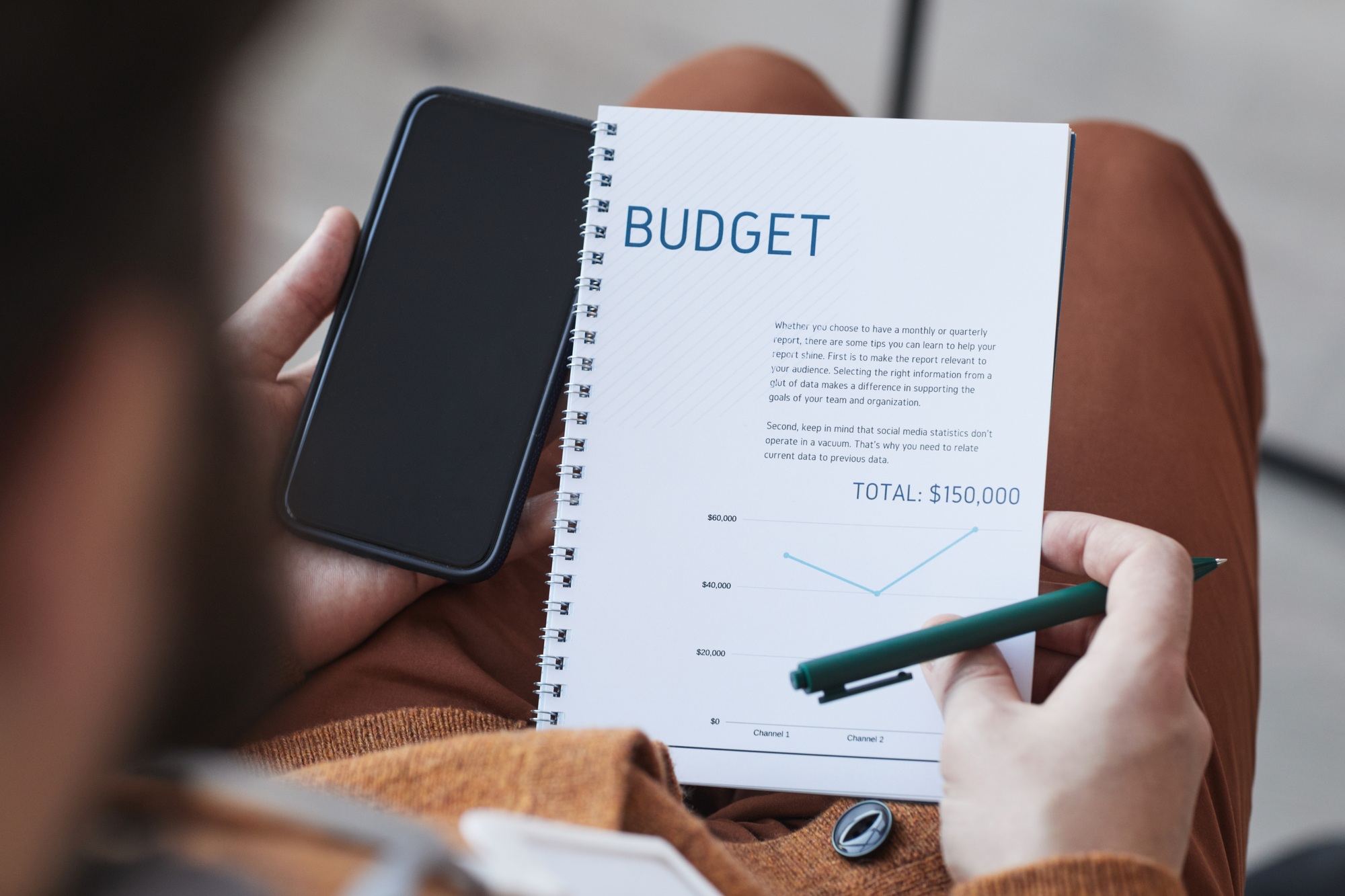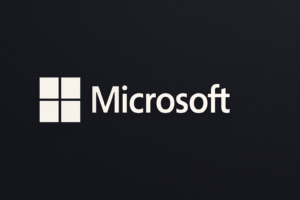In an increasingly consumer-driven economy, the importance of financial management cannot be overstated. Budgeting templates have emerged as an essential tool for individuals and households striving to keep their finances in check. By offering a structured approach to tracking monthly spending, these templates provide users with clarity and control over their financial landscape.
The modern consumer faces a multitude of financial obligations, from rent and utilities to groceries and entertainment expenses. This complexity makes it vital for individuals to adopt an active role in managing their finances. A survey conducted by the National Endowment for Financial Education revealed that 45% of Americans are unable to identify their monthly expenses accurately. This highlights the need for tools that simplify financial oversight.
Market Impact
The budgeting software industry has witnessed significant growth, with a projected compound annual growth rate of 10.8% from 2021 to 2028, according to a report by Grand View Research. As more consumers become aware of their financial habits, the desire for accessible financial management tools has surged, prompting companies to innovate in this area.
Increasing smartphone penetration is also propelling this growth. Apps designed for budget tracking are not only user-friendly but also provide real-time data synchronization, enabling users to gain insights effortlessly. Younger generations, particularly Millennials and Gen Z, are more inclined to use mobile applications for budgeting, leading to a shift in traditional financial management norms.
How Budgeting Templates Foster Financial Discipline
One of the primary benefits of using a budgeting template is that it empowers users to create a personalized financial plan that aligns with their income and spending habits. These templates typically feature predefined categories for essential expenses—such as housing, transportation, and food—allowing users to allocate funds accordingly.
Individuals can choose from various formats, including Excel spreadsheets, printable worksheets, or dedicated budgeting apps, enabling flexibility in how they track their finances. The visual nature of these templates helps users identify spending patterns and adjust their habits, often leading to reduced impulse purchases.
According to financial experts, implementing a budgeting template can lead to better financial health. “Budgeting is more than just tracking expenses; it’s about understanding your financial priorities and making informed decisions,” says Dr. Amelia Carson, a financial psychologist. “When people have a clear picture of where their money is going, they are more likely to stick to their financial goals.”
Expert Opinion
Experts emphasize the importance of consistency in using budgeting templates. “Regularly updating your budget is crucial for success,” states Ryan Schmidt, a well-known financial advisor. “The more frequently you engage with your financial plan, the more likely you are to take corrective actions before small issues become significant problems.”
Additionally, Schmidt recommends setting aside time each week or month to review expenditures, assess discrepancies, and adjust the budget to reflect changes in income or expenses. This proactive approach not only fosters accountability but can also create a sense of achievement as financial goals are met.
Background on Budgeting Methods
The concept of budgeting has evolved dramatically over the years. Traditionally, pen-and-paper methods dominated, but with the advent of digital tools, budgeting has transformed into a more dynamic practice. Digital templates and software offer users the ability to easily adjust variables and see immediate effects on their projected financial outcomes.
More advanced budgeting methods, such as the 50/30/20 rule—allocating 50% of income to needs, 30% to wants, and 20% to savings—have gained traction as consumers seek more streamlined approaches to financial management. These frameworks are often featured in budgeting templates, providing a strategic starting point for users.
What’s Next for Budgeting Templates?
As technological innovation continues to reshape the financial landscape, the future of budgeting templates appears bright. Integration with artificial intelligence and machine learning could lead to more personalized user experiences. For instance, future iterations of budgeting templates may provide predictive analytics, alerting users when they are nearing their budget limits based on historical spending patterns.
Moreover, the rise of fintech companies has fostered a more competitive market for budgeting tools, with new entrants frequently introducing innovative features to attract users. This competition is expected to enhance user experience and functionality, ultimately benefiting consumers seeking better financial management solutions.
In conclusion, budgeting templates are invaluable tools that can help users take control of their finances. By providing structured frameworks for tracking monthly spending, they not only foster financial discipline but may also offer insights into spending habits that can lead to improved financial health. As the market continues to evolve, individuals who harness these tools are likely to find their journey toward financial stability more manageable than ever.







